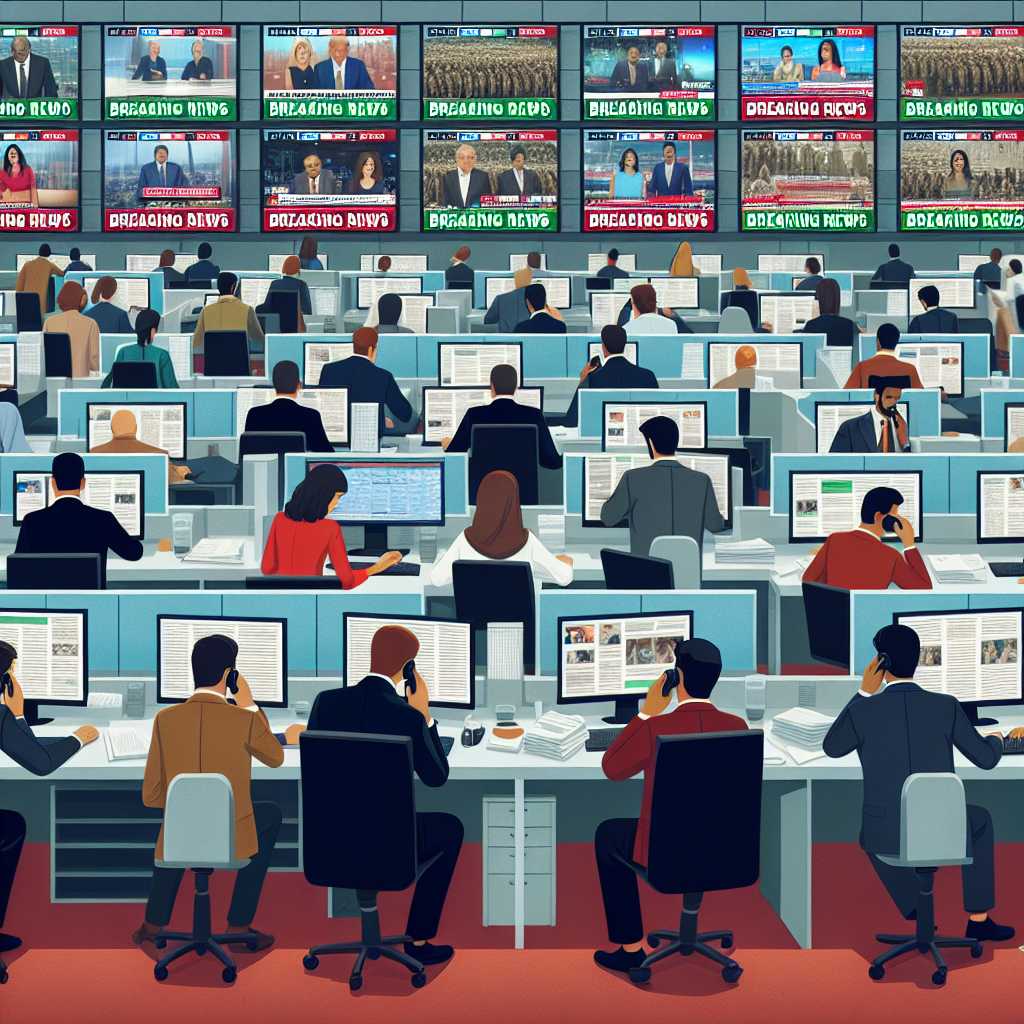Understanding Breaking News: An Overview of Its Impact and Evolution
Breaking news, often characterized by its immediate and significant nature, is a form of journalism that has transformed over the years with the advent of newer technologies and changing consumer behaviors. This article will delve into the definition, mechanisms, implications, and notable instances of breaking news, providing a comprehensive exploration of its role in modern society.
What Constitutes Breaking News?
Breaking news refers to events that are unexpectedly occurring or developing. They come to light without prior scheduling and they often require urgent broadcasting or publishing because of their potential impact or public interest. Typically, these events overshadow regular programming or content because their dissemination cannot wait.
The Evolution of Breaking News: From Print to Digital
Breaking news has evolved through time. In earlier days, extraordinary events would have unfolded with the real-time knowledge of only those personally involved or nearby viewers. It could take hours, if not days, for an event to be reported in newspapers. The landscape completely shifted with the invention of radio and television, where reaching an immediate wide audience became feasible.
In today’s digital age, the pace at which breaking news is delivered has increased exponentially. With 24-hour news channels and real-time updates via Internet platforms, including social media and dedicated news websites, people can receive notifications of breaking events almost as soon as they happen. This instantaneous information cycle has altered both expectations for news timeliness and how journalists gather and report stories.
Impact on Society and Media Consumption
The constant flow of breaking news impacts both societal understanding and reaction to world events. It can mobilize organizations or groups to take action or alert people to emergencies requiring urgent attention. However, the urgency to publish may sometimes prioritize speed over thorough fact-checking, leading to misinformation or incomplete stories being circulated.
Consumers’ relationship with media has also evolved as a direct result of the proliferation of breaking news. The notion of a “news cycle” has become an outdated concept in many respects; with smartphones and constant connectivity, audiences are absorbing updates throughout thevertiser day.
Notable Cases of Breaking News
Over time, there have been many instances where breaking news significantly impacted societies worldwide. Events such as natural disasters, terrorist attacks, political upheavals, and monumental legal decisions often become central breaking news stories that catch the world’s attention. For example, the September 11 attacks in 2001 demonstrated how a single event could captivate global audiences and remain a focus for weeks and months following the initial occurrence.
The Role of Journalists in Breaking News
Journalists play an essential role during the unfolding of breaking news. The rush to report must be tempered with efforts to verify information thoroughly. Quality journalism involves not only relaying what is happening but also providing context and clarity amidst chaotic situations.
Newsrooms around the globe have adapted by putting strategies in place to validate incoming reports quickly but accurately. Speed is essential in this environment; however, credibility should not be compromised for expediency.
Ethical and Responsible Reporting
A significant challenge facing journalists with breaking news is maintaining high ethical standards despite pressure to be first with a scoop. Ensuring the accuracy of details, respecting privacy in sensitive situations, avoiding speculation without evidence, and showing restraint in reporting possibly harmful details (such as during a hostage crisis) reflect responsible journalism practices that honor both the individuals affected by events and the readers or viewers following along.
